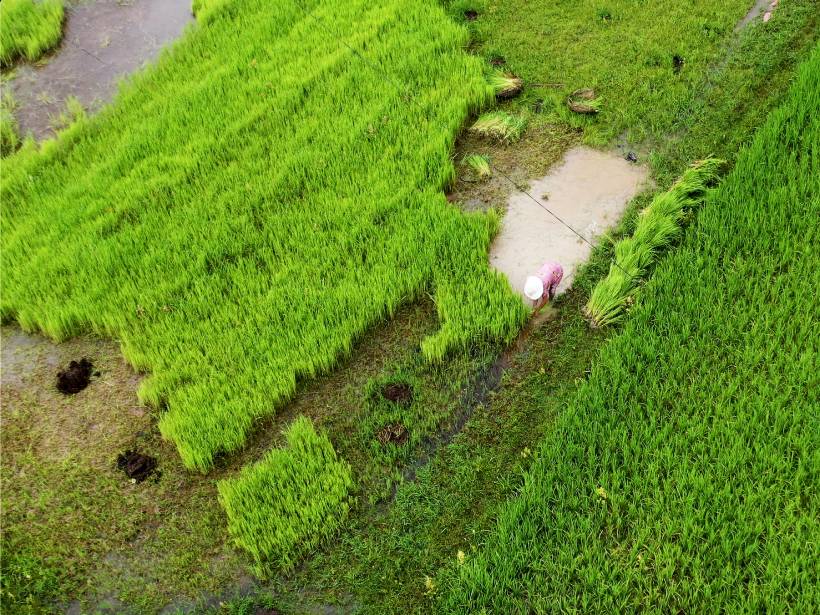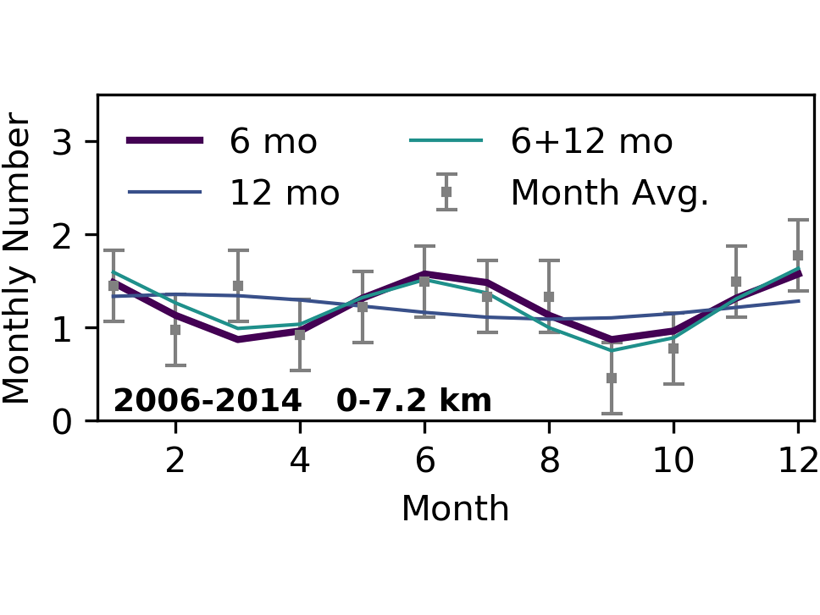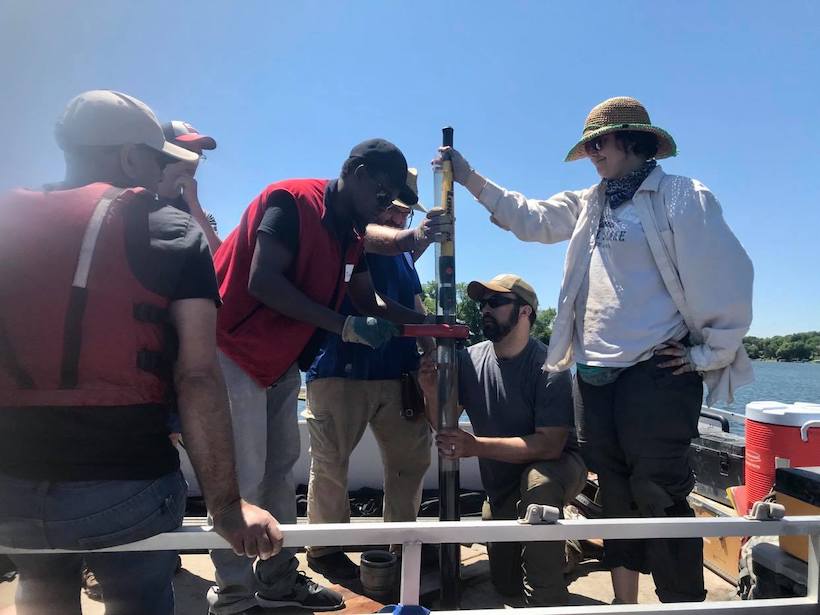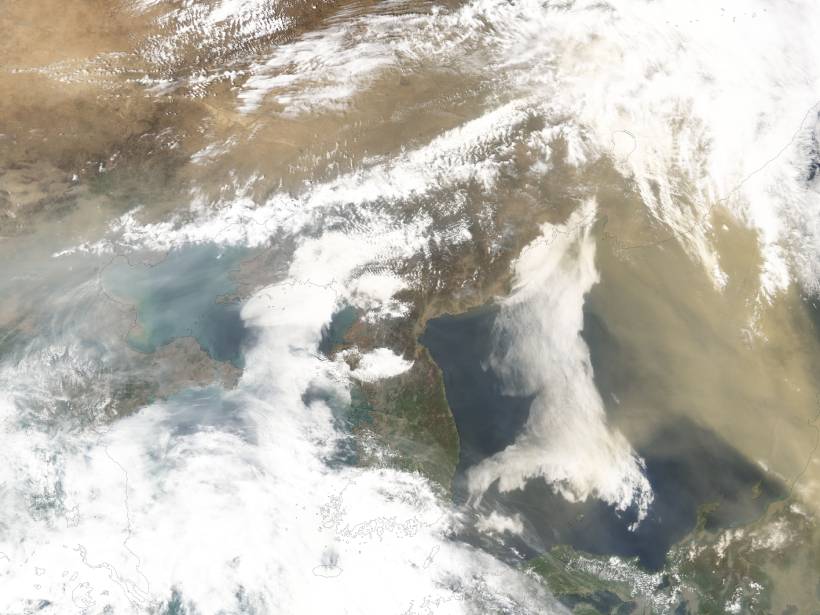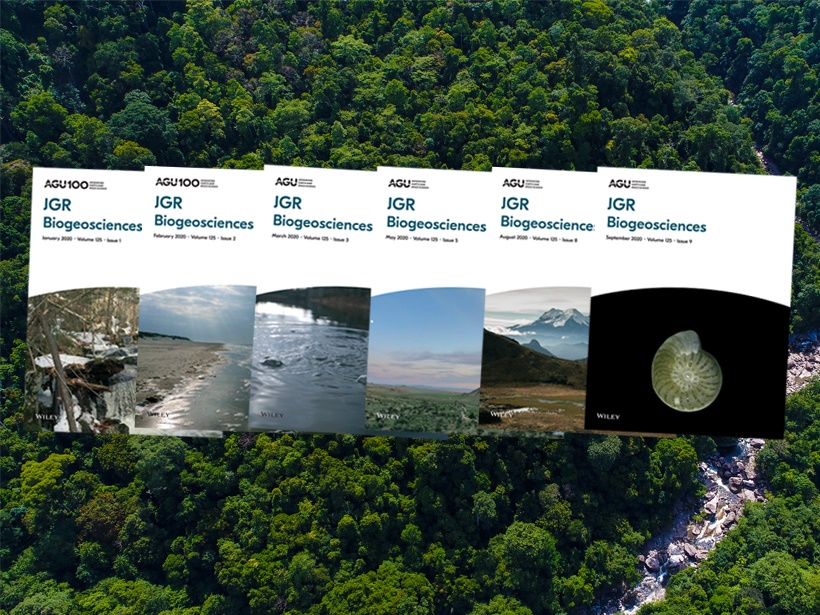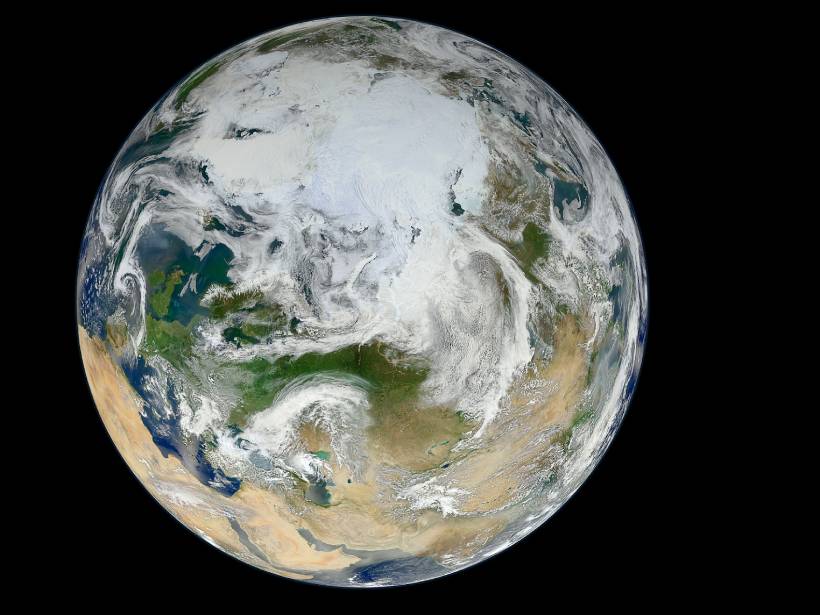Many climate adaptation interventions focus excessively on the effects of climate change and less on examinations of what drives vulnerability.
2021 CC BY-NC-ND
Robot Measures Air-Sea Carbon Dioxide Exchange in Southern Ocean
Unique air and ocean surface observations of the Southern Ocean from a 22,000 km, 196-day circumnavigation around Antarctica by an Uncrewed Surface Vehicle.
Weighing Inputs of Waves and Precipitation to Coastal Erosion
Conducting weekly lidar surveys of coastal cliffs for 3 years enabled a California team of coastal erosion researchers to quantify and separate marine effects from subaerial effects.
Why are Earthquakes on the San Andreas Seasonally Modulated?
There is growing evidence that some earthquakes occur seasonally but also that water loading cannot explain these observations.
Summer Monsoons: Regional Manifestations of a Global System
New insights from observations and theory suggest that the essential drivers of Earth’s summer monsoons are not as obvious as was previously thought.
A Bad Time for Mars Time
Thanks to COVID-19, mission control for the Perseverance Mars rover will look emptier than previous missions, and fewer scientists and engineers will follow the rover’s schedule.
Why Aren’t There More Journal Papers by African Geoscientists?
Africa is a geoscientist’s dream. But new research shows that less than 4% of the world’s high-impact geoscience papers focus on Africa, and few of those have even one African author.
Dust on the Wind
A new study confirms that an important wind system is shifting due to climate change.
Reflecting Back and Looking Forward at JGR: Biogeosciences
The outgoing and incoming editors in chief of JGR: Biogeosciences reflect on recent years of growth and expansion in the journal while they ponder and plan for the challenges ahead.
How Geodynamo Models Churn the Outer Core
New simulations of Earth’s outer core have reproduced magnetic fields that—for the first time—match paleomagnetic data collected from rocks.

